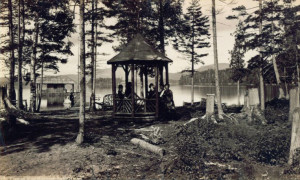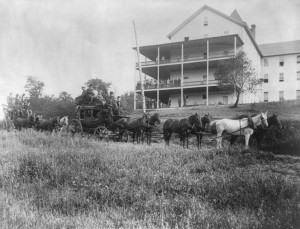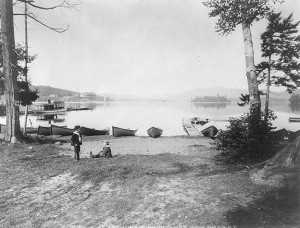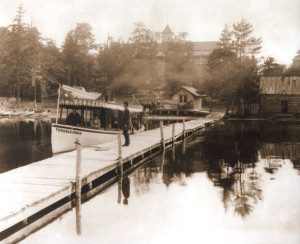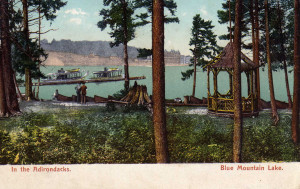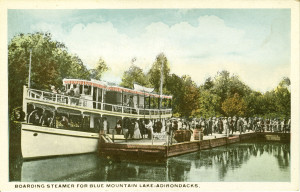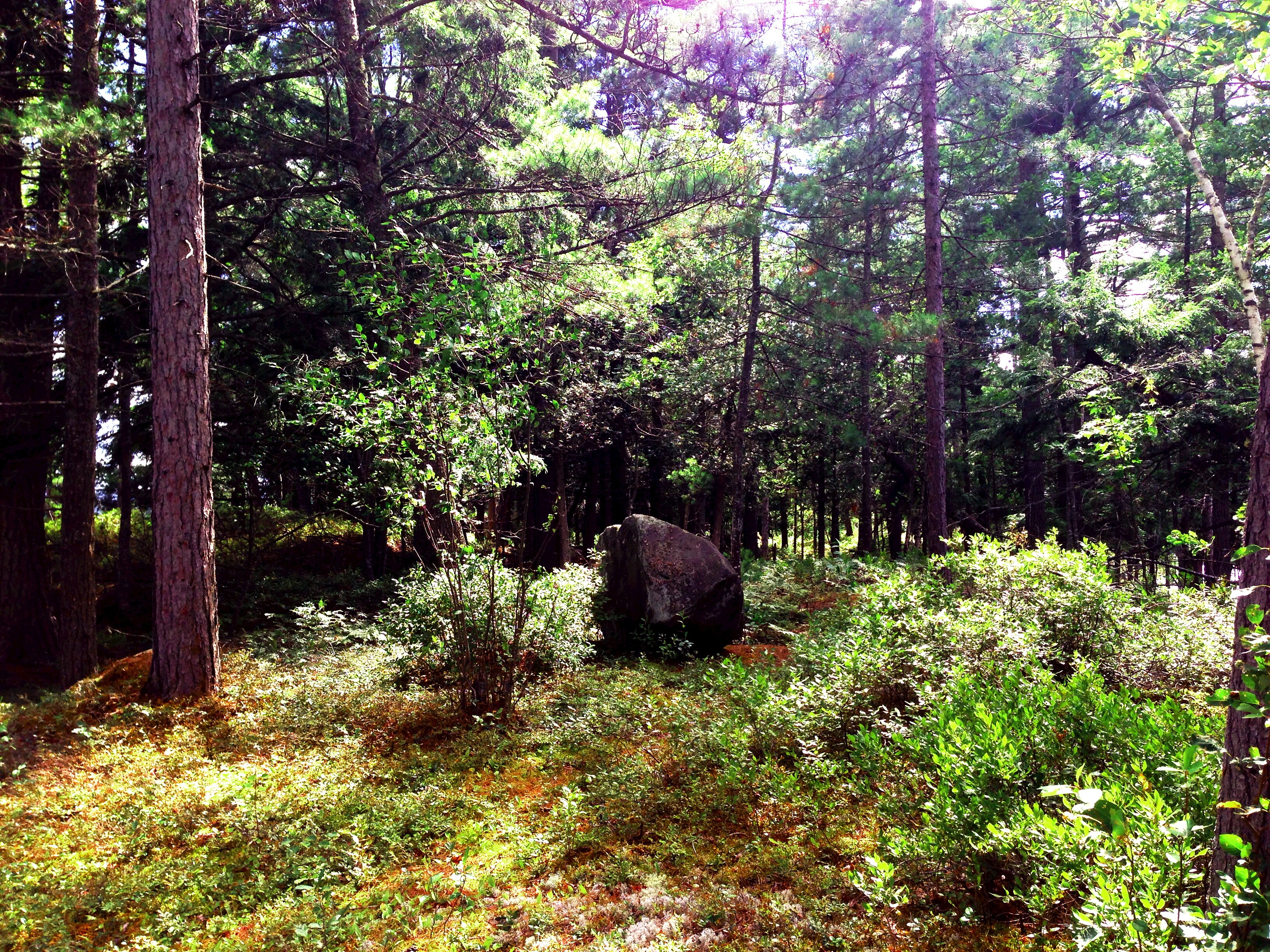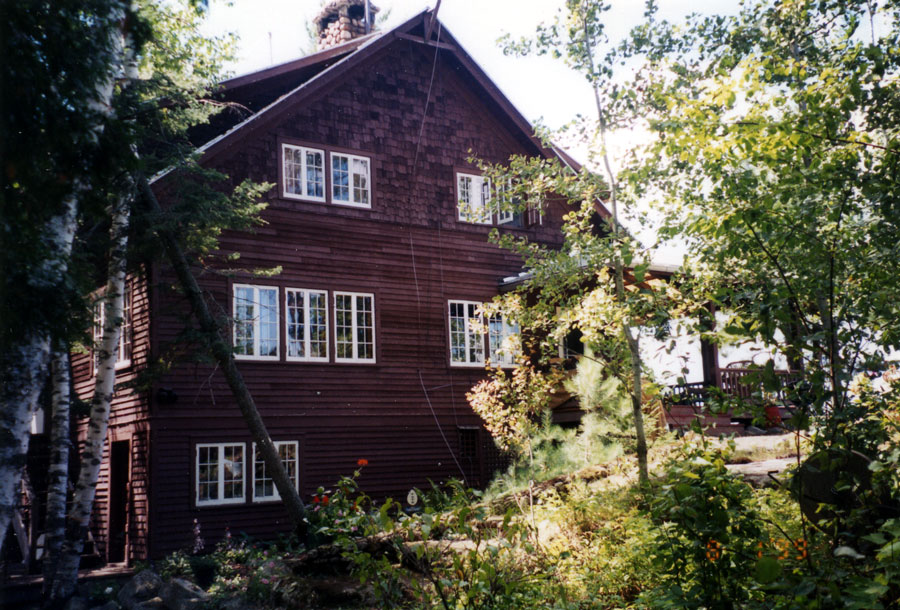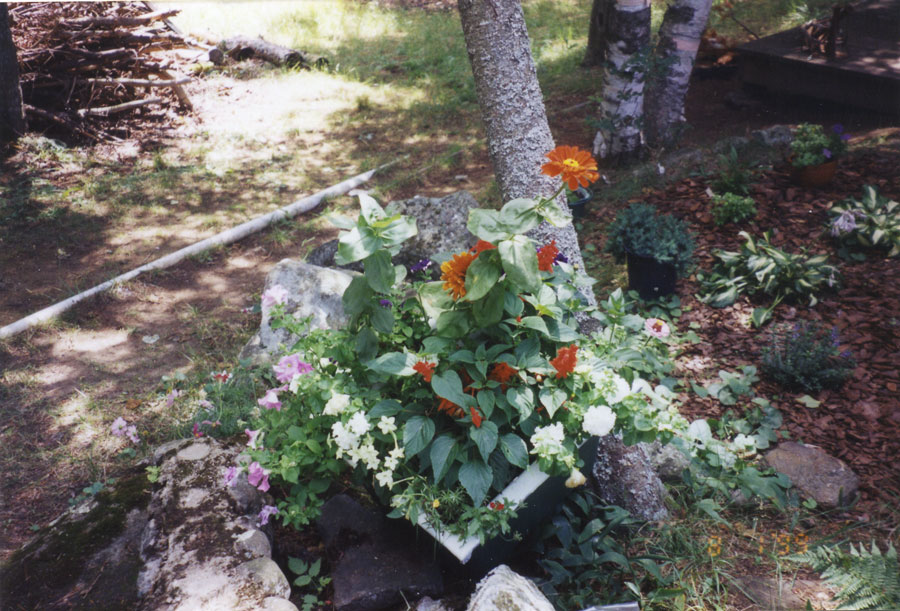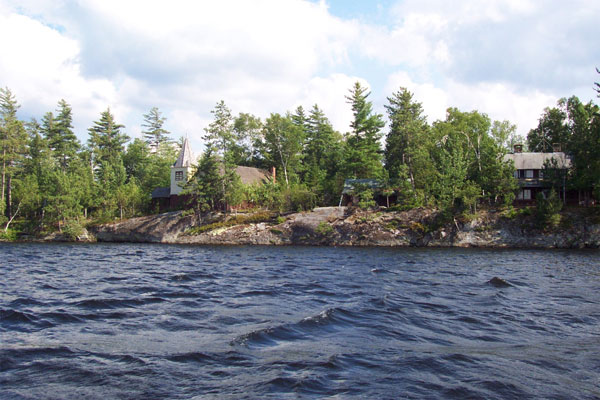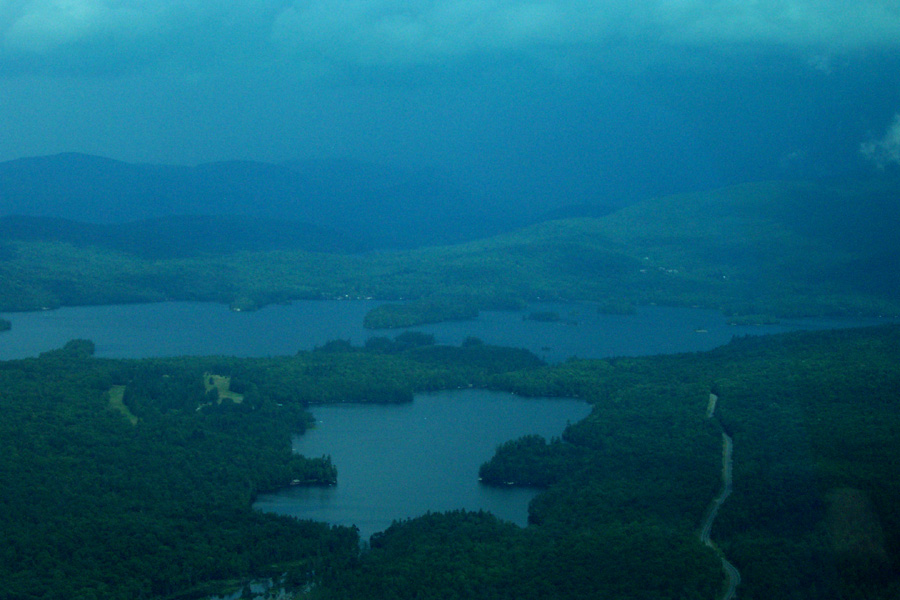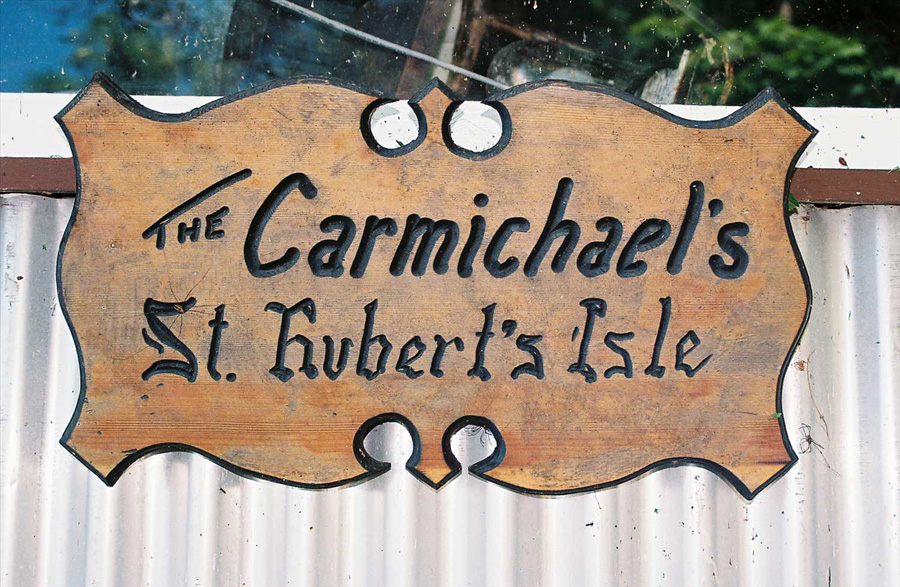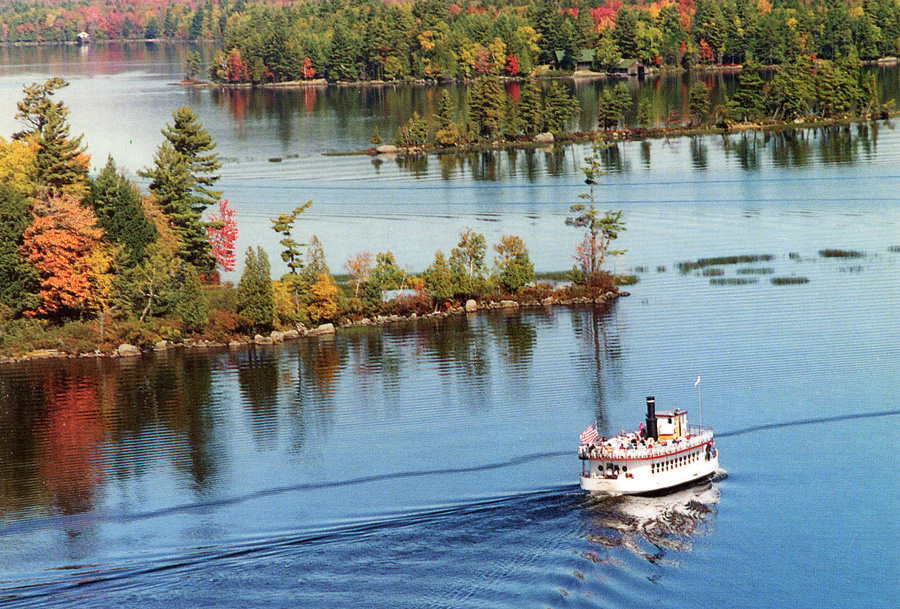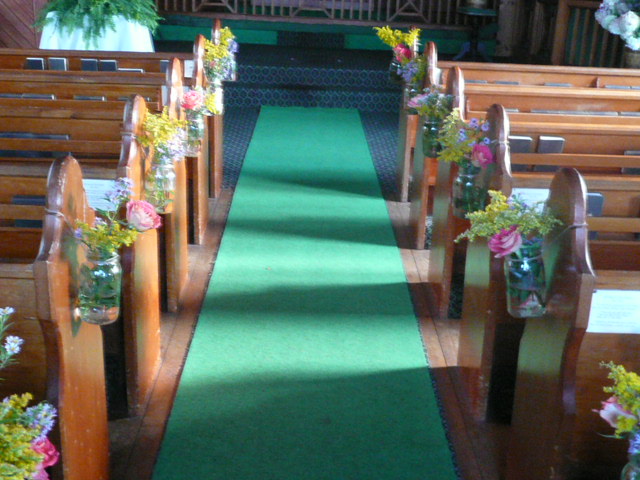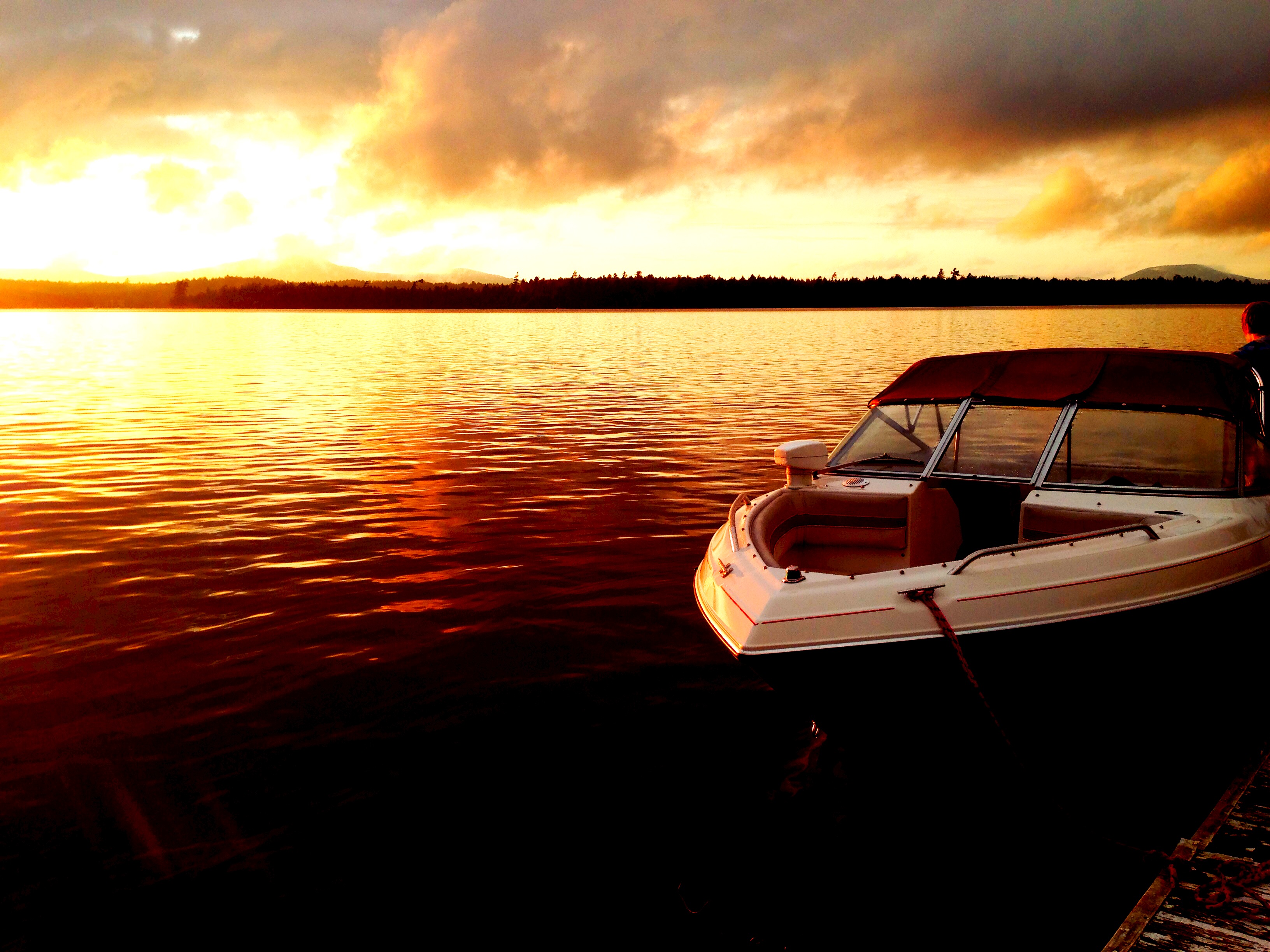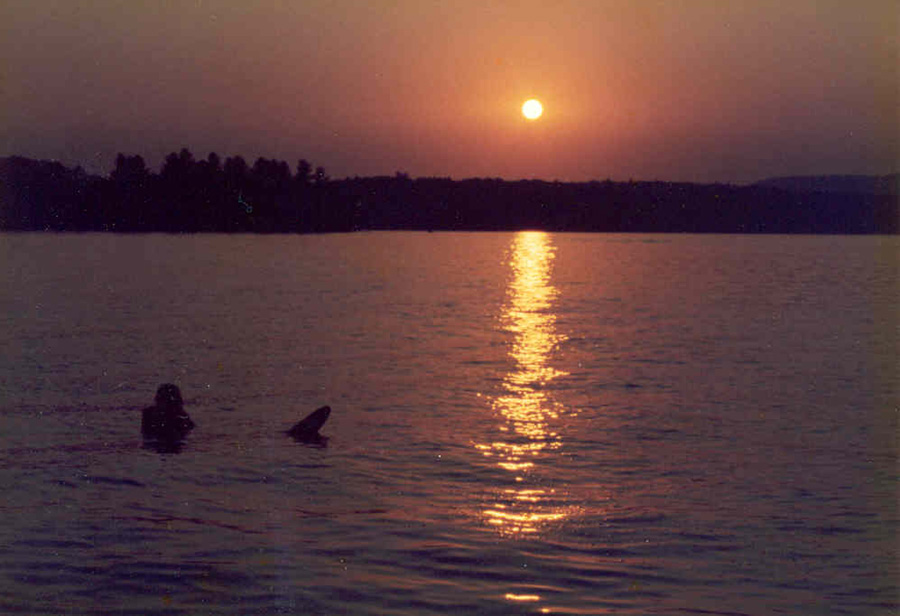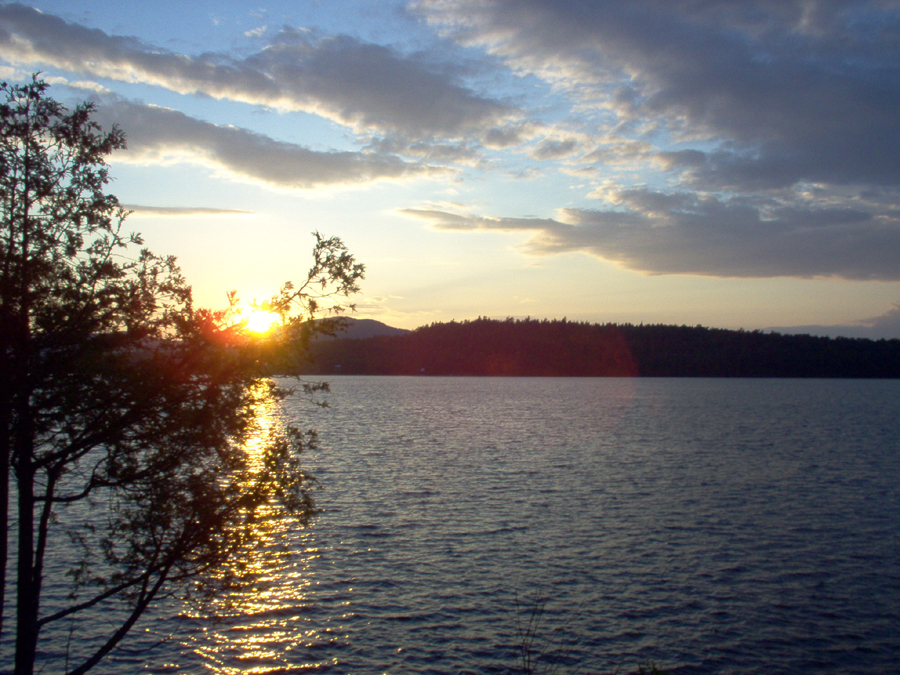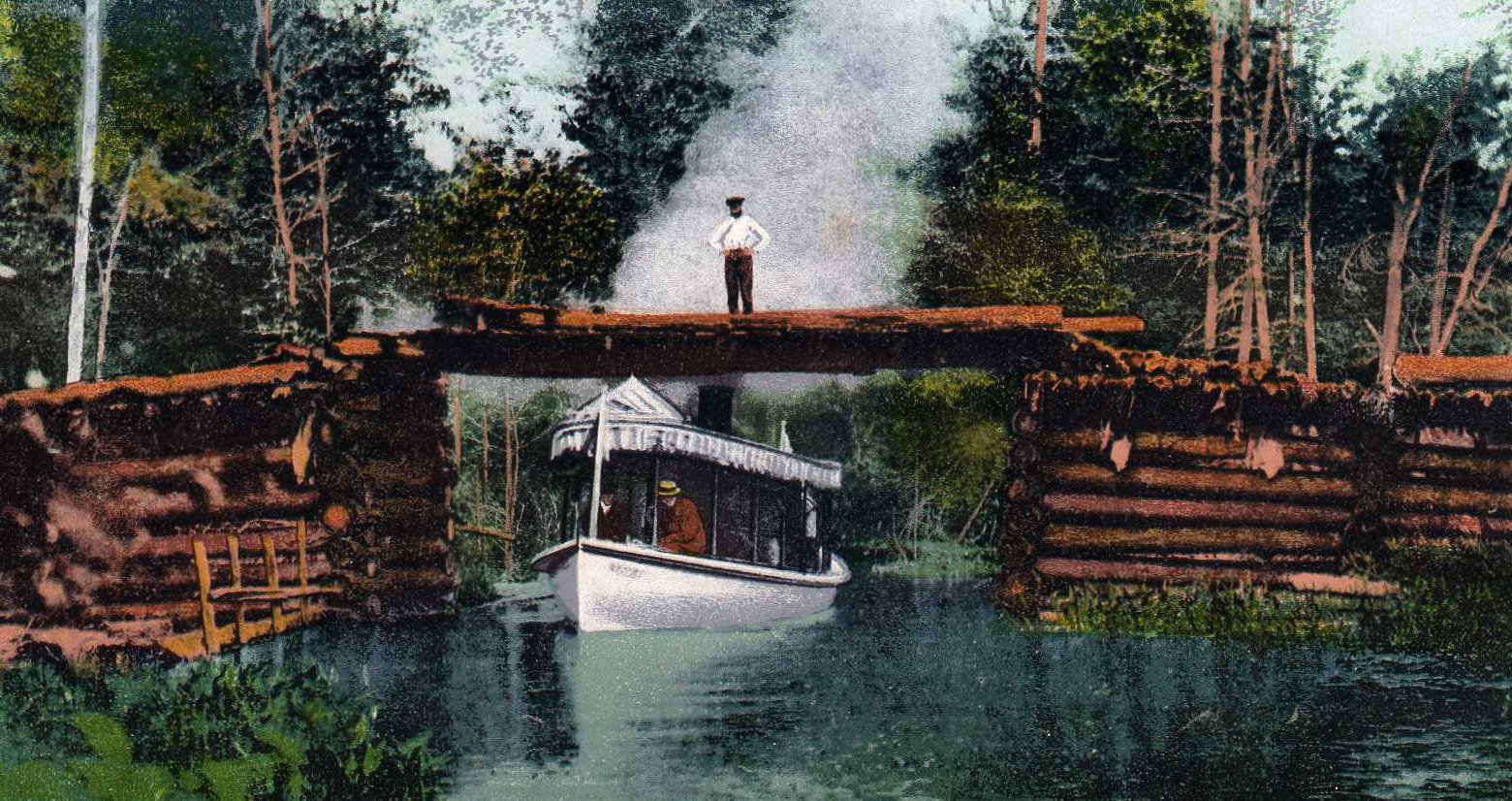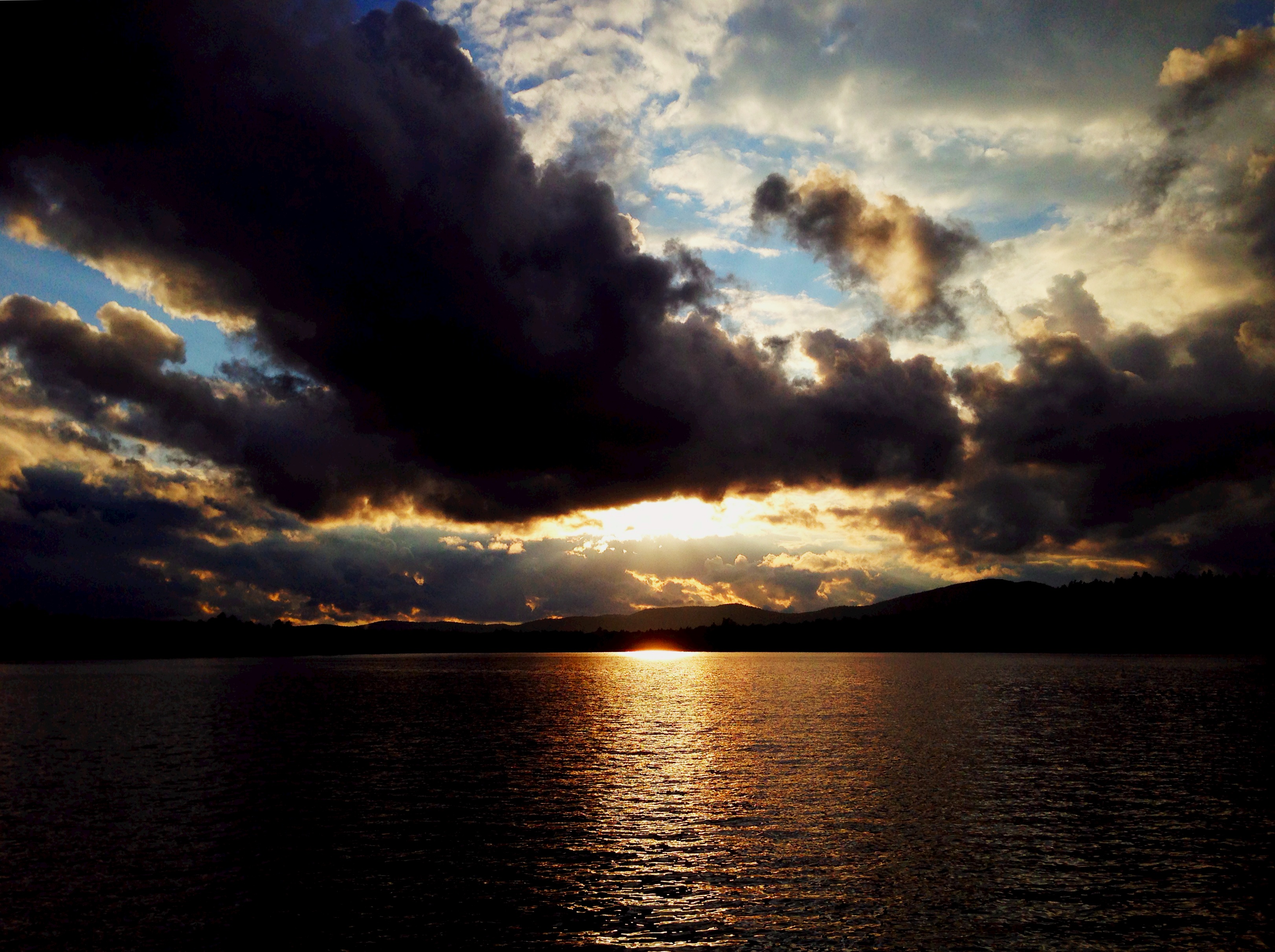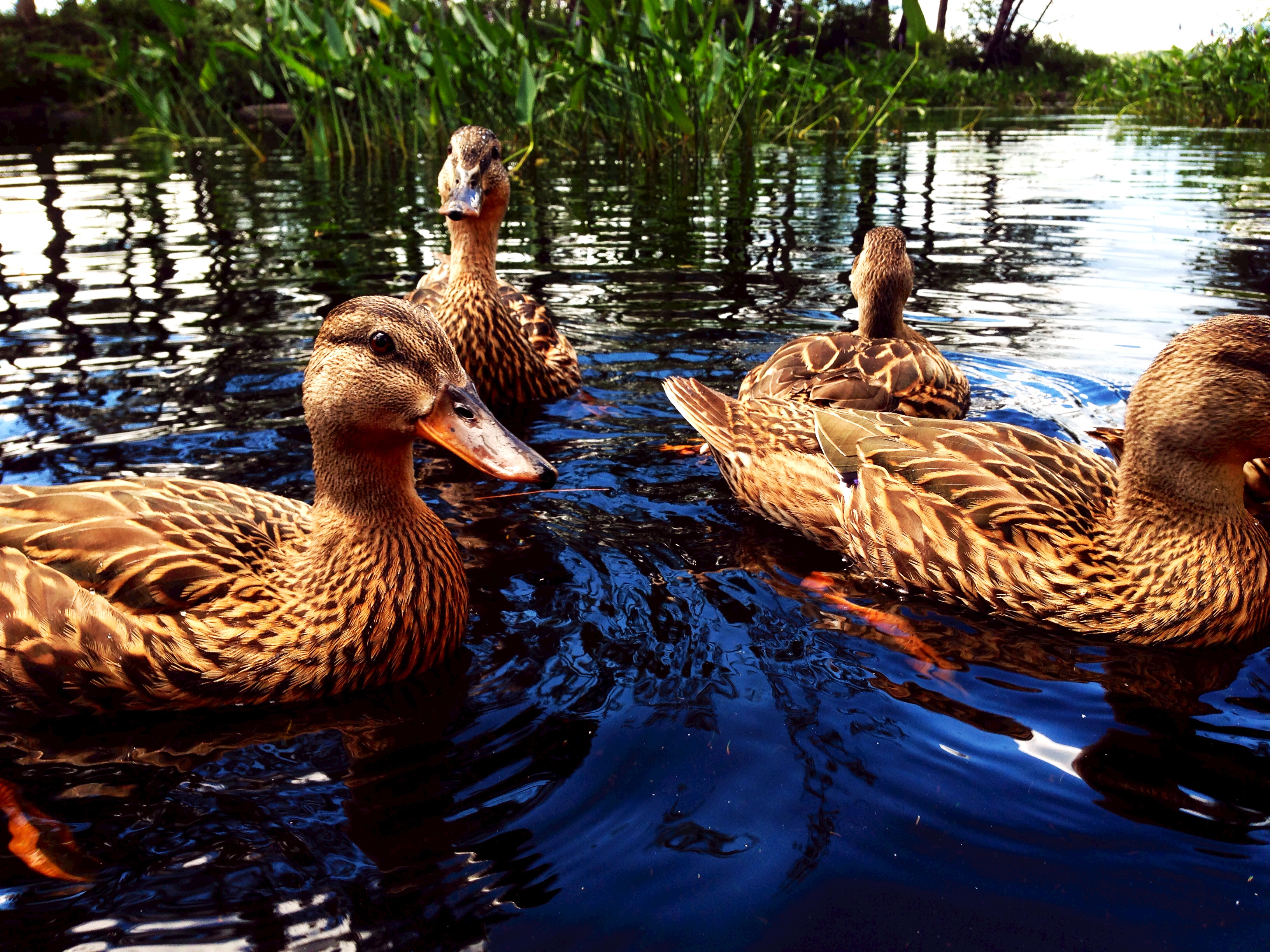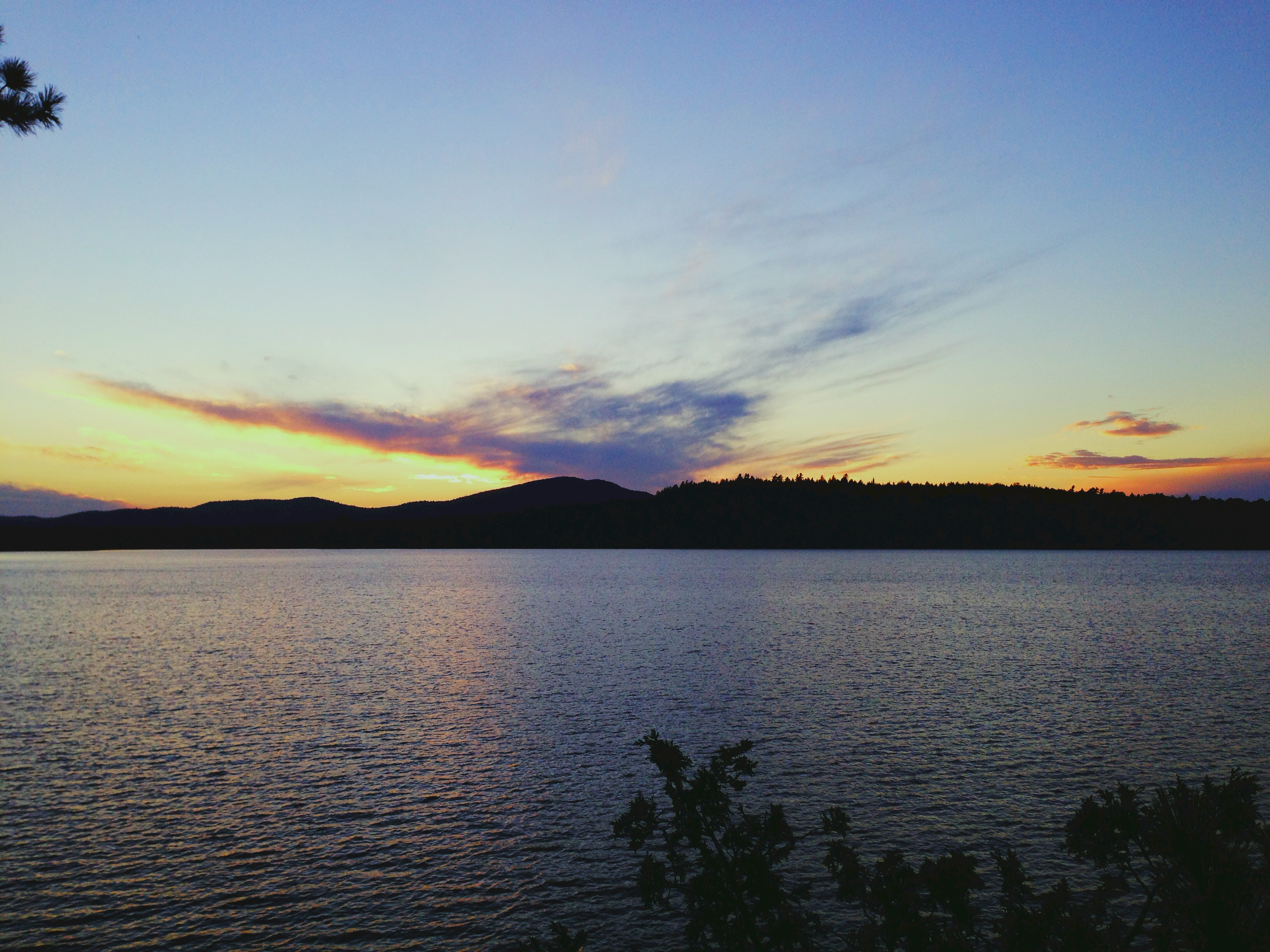1874 – 1904
John G. Holland, born in Ireland in 1846, was working in North Creek in 1873 when he first heard descriptions of the beautiful lake area 40 miles away. When he travelled here in 1874, it was called Tallow Lakes.
Holland felt that “Tallow” would not sound attractive to potential guests and noticed that guides referred to nearby Mount Emmons as Blue Mountain. He decided to name his hotel the Blue Mountain Lake Hotel. It was located up a slight hill from the water’s edge, later with its own long dock including a nearby gazebo for the adults and a place for the children to play.
In those days there were no roads and Holland had to travel over forest trails from Cedar River to Eagle Lake, then row into what is now Blue Mountain Lake. He decided to build and the hotel opened in 1875.
In May of 1875, after a severe winter with seven to 14-foot drifts, Holland received a shipment of goods for his new venture. After dinner the delivery man started back across the winter route – over the lake. Although he had been warned of the thaw he insisted on leaving. The horses made it over Blue Mountain Lake but fell through the 18 inch ice part way across Eagle Lake. The driver leaped out and held the horses’ heads above the ice and called for help. Holland, Joseph Potter and others came running the three miles with a long rope – Holland beating them all to the rescue. (Field and Stream 1909)
According to Donaldson’s 1921 “A History of the Adirondacks,” Dr. Thomas Durant noticed the success of the venture and soon built a road and started up a line of daily stagecoaches from North Creek to the hotel.
In 1884 Holland and his business partner Dr. Martine donated land adjoining the steamboat landing for the new Mission of the Transfiguration, consecrated in 1885 and still holding summer services.
The first building burned in 1886 and was quickly rebuilt in a grand fashion, seen above. After a 1896 fire, Holland left Blue Mountain to manage a large hotel on the Canadian side of the Thousand Islands and in 1920 was located in Newcomb.
When a new building burned down in 1904, the night before the season’s opening, it was not rebuilt. Elmer Potter opened an emergency restaurant on the nearby lakefront site and converted some rough cabins for the displaced guests. For 100 years this operated as Potter’s Cottages.
Potter’s is now a private camp.
